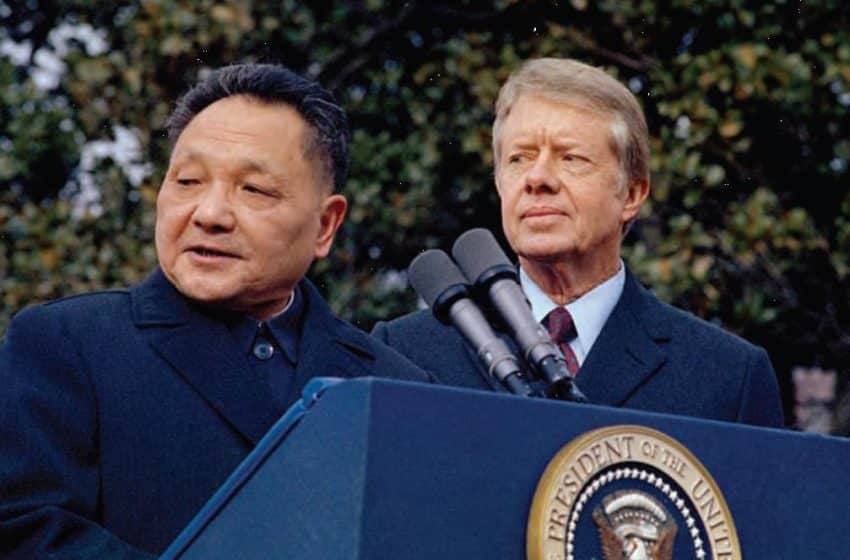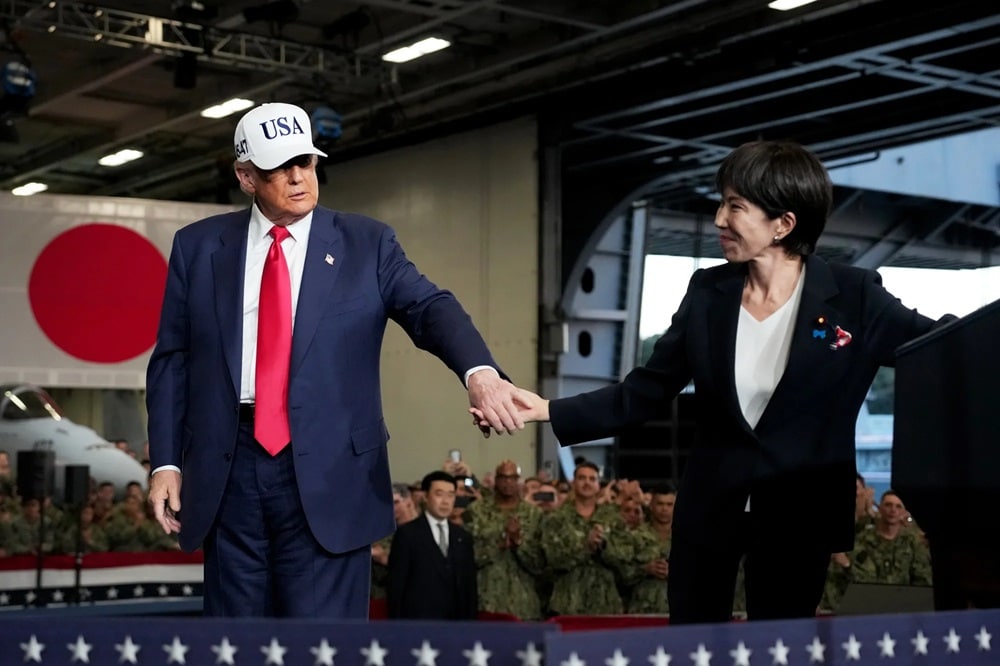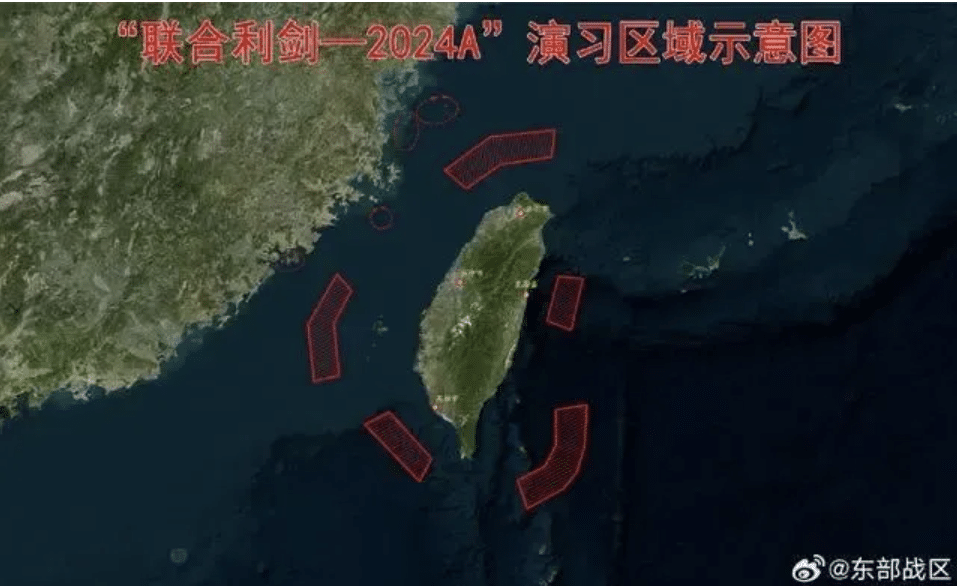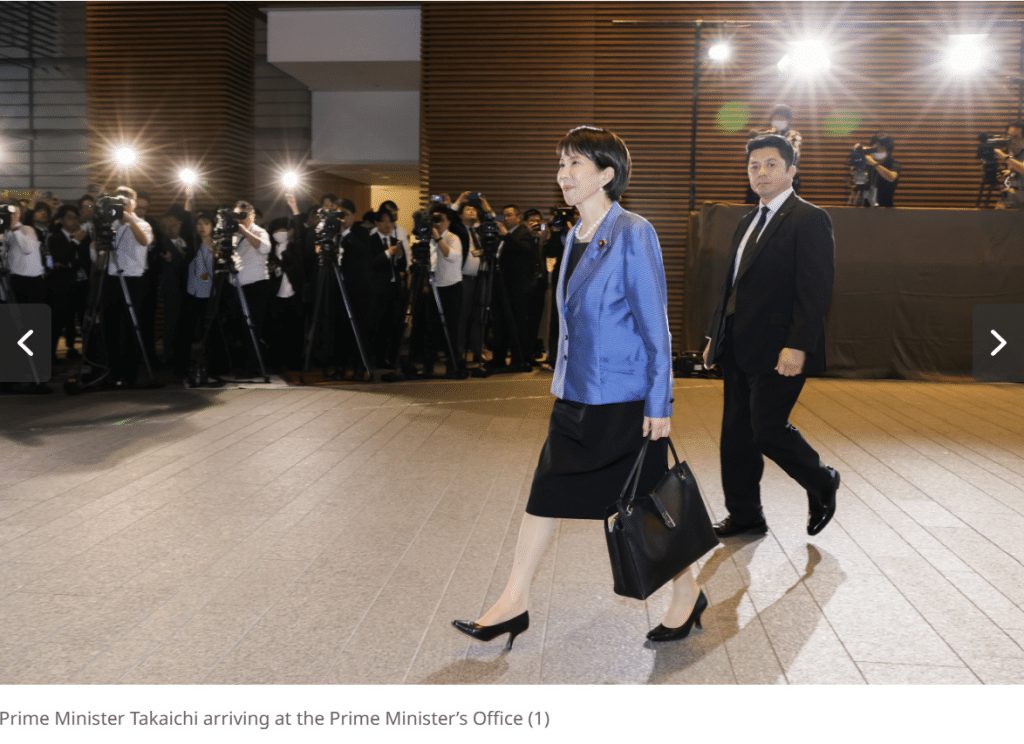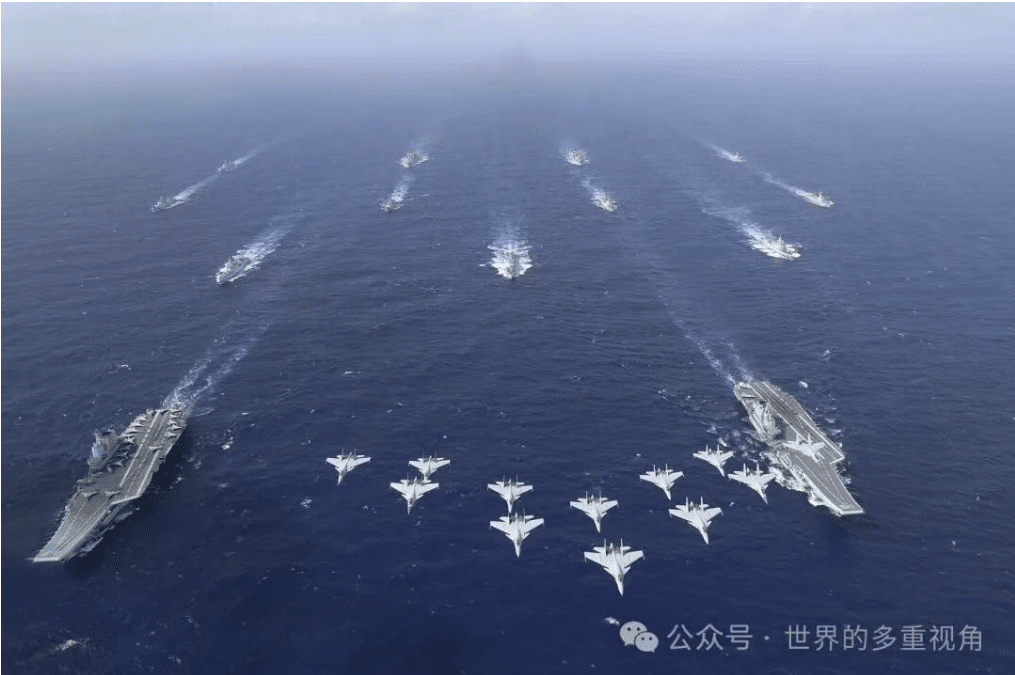China, the U.S., and Developing Countries News Roundup: Feb. 1–12, 2021
Image: BRI Renewable Energy in South Africa, Green Belt and Road Initiative
Every two weeks, The Carter Center’s China Program releases an overview of major events involving Chinese and U.S. global engagement, with a particular focus on emerging issues in Africa and Latin America. In addition to using news sources, the news roundup analyzes papers and reports from academic journals, governmental bodies, and NGOs, and also summarizes debates and other events organized by think tanks on select issues. The news roundup is intended to be a platform and resource for both China watchers and readers interested in political and economic development in developing countries. It aims to deepen the understanding of China’s foreign policy, and emerging issues and trends in developing countries, as well as to enhance the prospect of multinational cooperation among China, the U.S., Africa and Latin America.
What is China’s plan to provide vaccines to developing countries? Will they be able to follow through on that plan? What is China’s stake in the military coup in Myanmar? How is China aligning environmental concerns with its financial aspirations in the Belt and Road Initiative? Learn the answers to these questions and more in this edition of the news roundup.
This issue is edited by Kathryn Putz.
News Articles
China’s Covid-19 Vaccine Makers Struggle to Meet Demand
(The Wall Street Journal, 10 February, 2021)
Chinese vaccine makers are racing to meet the needs of China and a growing list of countries, but there are signs that inoculations are going slower than planned. In the Middle East and North Africa, countries that were depending on Chinese vaccines are experiencing delays as they try to inoculate their populations.
China to Provide 10 Million Vaccine Doses to COVAX Initiative
(Reuters, 2 February, 2021)
China plans to provide 10 million doses of the COVID-19 vaccine to COVAX, the global vaccine sharing scheme. COVAX, which is backed by the World Health Organization (WHO), is rolling out vaccines to low and middle income nations this month. According to the Chinese foreign ministry, three Chinese companies have applied to join the initiative for approval.
In Geopolitical Struggle Over Myanmar, China Has an Edge
(The New York Times, 5 February, 2021)
Less than three weeks before Myanmar’s military overthrew its elected government, China’s foreign minister, Wang Yi made a visit to the country and heaped praise on its generals. Wang Yi expressed support for the military’s “deserved role in the course of national transformation.” Now, as the United States and other nations denounce the coup, China has a chance to build up its influence.
The Newest Diplomatic Currency: Covid-19 Vaccines
(The New York Times, 11 February, 2021)
India, China, the U.A.E. and others dole out donations in countries where they seek sway. In some cases, they are sending doses despite pressing needs at home. China was one of the first countries to make a diplomatic vaccine push, promising to help developing countries last year even before the nation had mass produced a vaccine that was proved to be effective.
Papers and Reports
China Belt and road Initiative (BRI) Investment Report 2020
(Green Belt and Road Initiative Center, 1 February, 2021)
Renewable energy investments (solar, wind, hydro) constitute the majority of Chinese overseas energy investments – increasing their share from 38% in 2019 to 57% in 2020 – amid a total decrease of BRI investments of 54%.
Podcasts
China’s Cutting Back on BRI Financing, But Not For Renewable Energy
(The China in Africa Podcast, 5 February, 2021)
China has dramatically cut back financing overseas infrastructure development initiatives, especially for carbon-intensive energy projects involving oil, gas, and coal. From 2016 to 2019, China’s two major policy banks slashed lending by a stunning 85%.
However, renewables are the exception, according to a new report by the Green Belt and Road Initiative Center at the Central University of Finance and Economics in Beijing. For the first time ever last year, financing for renewable energy projects using solar, wind, or hydropower accounted for more than half of all of Chinese investment in energy infrastructure around the world, said the report.
Lessons from ASEAN on How Africa Can Better Manage Ties with China
(The China in Africa Podcast, 1 February, 2021)
While Chinese engagement in Africa is a relatively new phenomenon, dating back around 20 years now, countries in Southeast Asia have millennia of experience in managing ties with Beijing. Today, the 10 countries that make up the Association of Southeast Asian Nations or ASEAN, are on the frontlines of the Belt and Road Initiative and China’s rapidly escalating rivalry with the United States.
And given that most of Southeast Asia is very similar to Africa in terms of demographics, agriculture, and development, there are a number of applicable lessons that African stakeholders can take away from ASEAN’s experience in managing ties with China.
Events
News: Panel Discussion on Aligning Finance with Nature’s Needs, in China and Beyond
(The Green Belt and Road Initiative, 4 February, 2021)
How to align finance with nature’s needs, in China and beyond? This question is of ever greater concern with fast deteriorating biodiversity and an increasing recognition of the financial risks of not only climate change, but also biodiversity loss. To learn more about China’s role in aligning finance with nature’s needs, China Dialogue and Finance for Biodiversity Initiative (F4B) organized a webinar titled “Aligning finance with nature’s needs, in China and beyond” on January 27th, 2021.


